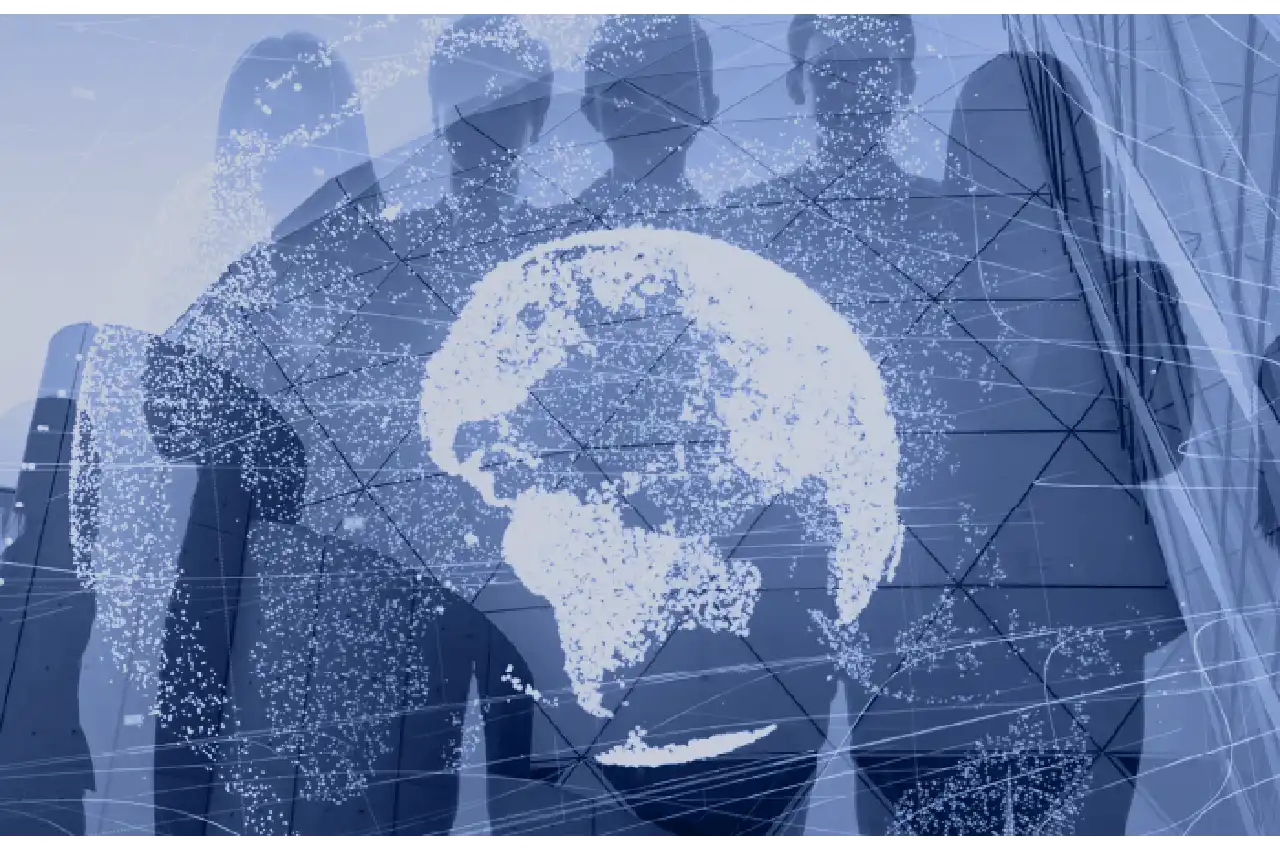Tech
Streamlining Immigration Processes with Technology

Immigration processes have historically been laden with paperwork, lengthy waiting times, and bureaucratic hurdles. However, in the digital age, advancements in technology offer a beacon of hope for streamlining these processes, making them more efficient and accessible. By harnessing the power of technology, governments around the world can revolutionize immigration systems, facilitating smoother transitions for migrants while ensuring security and compliance.
Electronic Applications and Documentation
One of the most significant ways technology can enhance the immigration process is through electronic applications and documentation. Rather than filling out endless forms by hand and submitting physical documents, applicants can now complete forms online and upload necessary documentation digitally. This immigration technology not only saves time but also reduces the risk of errors commonly associated with manual paperwork. Additionally, electronic systems allow for easier tracking of applications, providing both applicants and immigration authorities with real-time updates on the status of cases.
Biometric Identification and Security
Integrating biometric identification technologies such as fingerprints, facial recognition, and iris scans can significantly enhance security measures within immigration systems. Biometric data offers a reliable way to verify the identity of individuals, reducing the likelihood of fraudulent activities such as identity theft or document forgery. Moreover, biometric authentication expedites processes at border control points, enabling faster and more accurate identity verification, thus reducing wait times for travelers.
Data Analytics for Decision-Making
Utilizing data analytics can empower immigration authorities to make informed decisions regarding visa approvals, border control measures, and resource allocation. By analyzing vast amounts of data related to immigration trends, demographics, and security threats, governments can identify patterns and predict future needs more effectively. This enables them to allocate resources strategically, optimize visa processing times, and enhance overall operational efficiency within immigration agencies.
Virtual Interviewing and Remote Services
Virtual interviewing and remote services offer a convenient solution for applicants who may face challenges attending in-person interviews or accessing immigration services due to geographical constraints or mobility issues. Through video conferencing and online platforms, immigration officers can conduct interviews, provide assistance, and offer support remotely. This not only expands access to immigration services but also reduces the need for applicants to travel long distances, saving both time and resources for all parties involved.
Blockchain for Secure Data Management
Blockchain technology holds promise for revolutionizing the way immigration data is managed and stored securely. By leveraging blockchain’s decentralized and immutable nature, governments can enhance the integrity and transparency of immigration records. This ensures that sensitive information such as visa statuses, biometric data, and personal details remains tamper-proof and easily verifiable. Furthermore, blockchain can facilitate the secure sharing of information between government agencies and international partners, fostering greater collaboration and interoperability in managing migration flows.
Enhanced Border Security
Technology plays a pivotal role in bolstering border security by providing advanced monitoring and surveillance capabilities. Automated systems such as drones, sensors, and AI-powered analytics can detect and deter illegal border crossings more effectively than traditional methods. Additionally, integrated databases and real-time communication networks enable border control agencies to quickly share information and coordinate responses to potential threats. By deploying these technologies, governments can strengthen border security measures while minimizing disruptions to legitimate travel and trade.
Improved Communication and Transparency
Technology facilitates better communication and transparency throughout the immigration process, enhancing trust and accountability. Online portals and mobile applications enable applicants to receive updates on their cases, communicate with immigration officials, and access relevant resources conveniently. Moreover, multilingual support and user-friendly interfaces ensure that information is accessible to individuals from diverse linguistic and cultural backgrounds. By fostering open channels of communication, technology promotes transparency, reduces misinformation, and enhances overall satisfaction among applicants and stakeholders.
Continuous Innovation and Adaptation
As technology continues to evolve, so too must immigration systems adapt to leverage emerging innovations. Governments must remain agile and proactive in embracing new technologies and updating outdated processes to meet evolving needs and challenges. This requires ongoing investment in research, development, and training to equip immigration agencies with the necessary tools and expertise to harness the full potential of technology. By fostering a culture of innovation and collaboration, policymakers can ensure that immigration systems remain efficient, secure, and responsive to the needs of society in an ever-changing landscape.
Final Thoughts
In conclusion, technology offers a myriad of opportunities to modernize and streamline the immigration process, making it more efficient, secure, and accessible for all stakeholders involved. From electronic applications and biometric identification to data analytics and blockchain, these advancements pave the way for a more seamless and transparent immigration experience. By embracing these technologies, governments can not only improve operational efficiency within immigration agencies but also enhance the overall experience for migrants, fostering a more welcoming and inclusive society.










